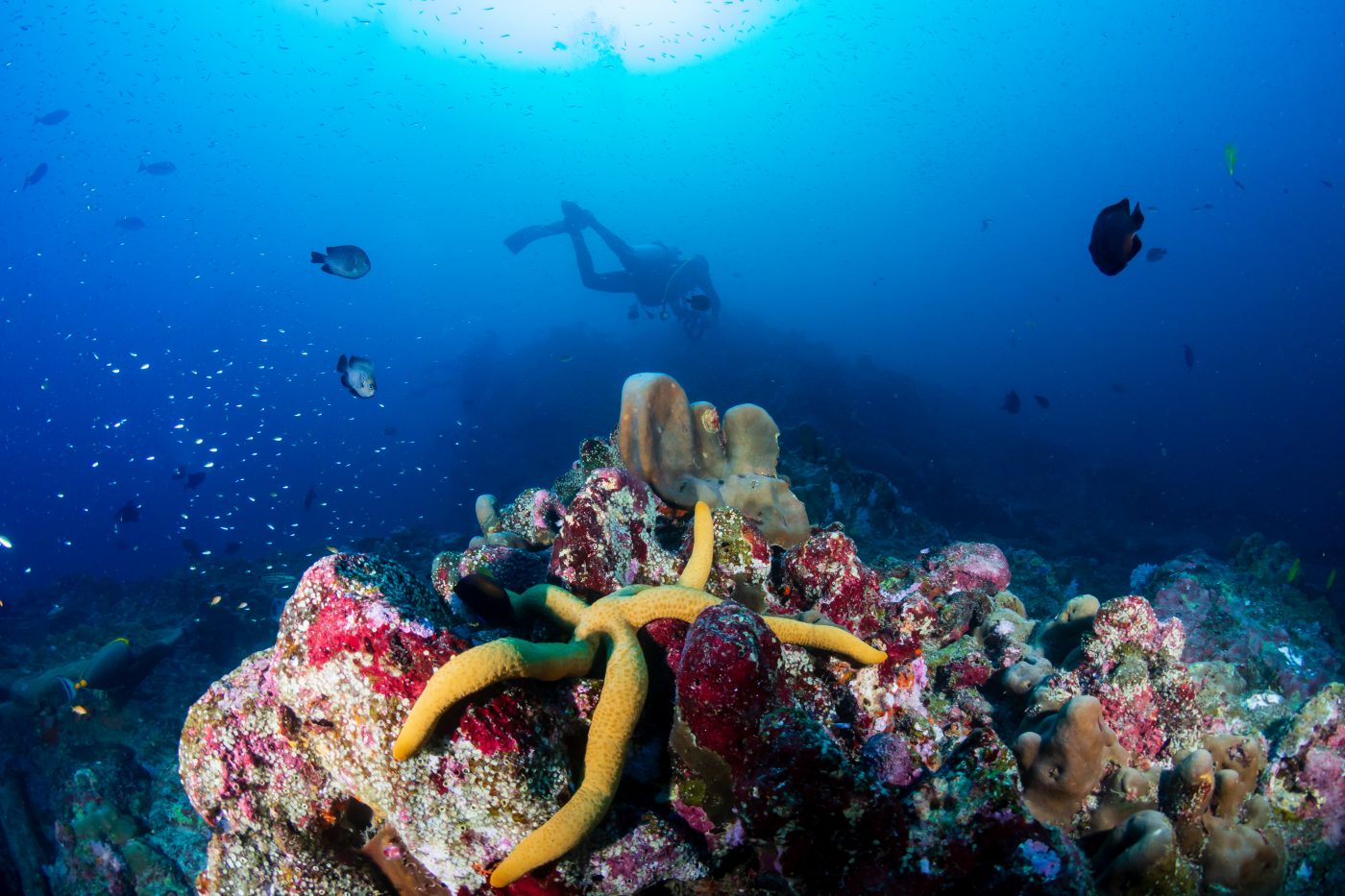An island in the central Philippines’ Visayas region, Bohol can be found east of Cebu and southwest of Leyte. With over 75 islands and islets surrounding the coastline, Bohol has numerous dive sites that caters to divers of various skill levels and are located all in close proximity to the main island, making it convenient to get to.
Bohol is home to Danajon Bank, the only double barrier reef in the country and Balicasag Island, a marine sanctuary where turtles, trevally, barracuda, and wrasse are regularly spotted. Topside attractions include the world-famous Chocolate Hills and the Philippine Tarsier Sanctuary
With tens of islands scattered all throughout the region, each with their own worthy dive sites, no matter what you are looking for, you are sure to find it at one of the many islands in Bohol.
* The Panglao Association of Dive Operators (PADO) has been accredited in Bohol as the duly registered and accredited dive organisation on the island and as such, all establishments that engage in the business of diving in the municipality of Panglao are required to be a part of PADO and are mandated to participate and cooperate in marine conservation and environmental protection*
Top dive sites to visit include:
Sharks Point
Located on the north-western corner of Cabilao Island, Sharks Point as its name suggests, is the best spot to encounter different species of sharks. Featuring a plateau that is covered with fan corals and incredible marine life, the average depth of this site is 20 metres, and can reach a maximum depth of 30 metres. Other marine life here includes rare pygmy seahorses, napoleons and shoals of barracudas and jackfish.
Black Forest
Located on the eastern side of the island, Black Forest is a dive site with a depth ranging between 8 to 40 metres and is known for its abundance of black corals. Diving at this site begins at the sandy area, which is full of coral formations and macro life, before descending into a slope where the famous black corals can be found. If currents are present, drift diving is possible as well. Here divers can encounter marine life such as coral heads, turtles, parrotfish, damselfish, anemonefish, barracuda, large groupers and more.


